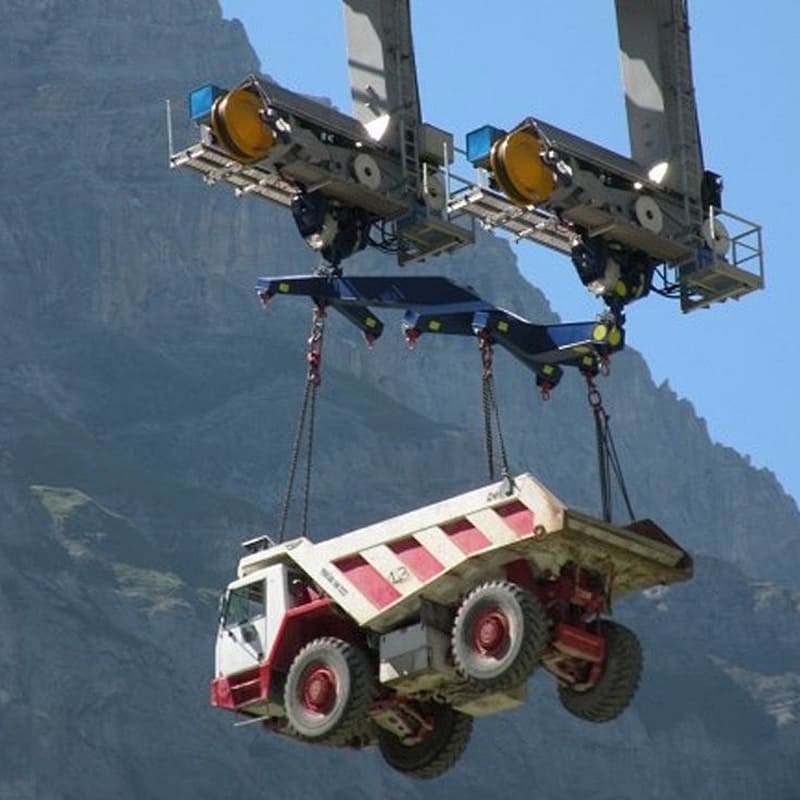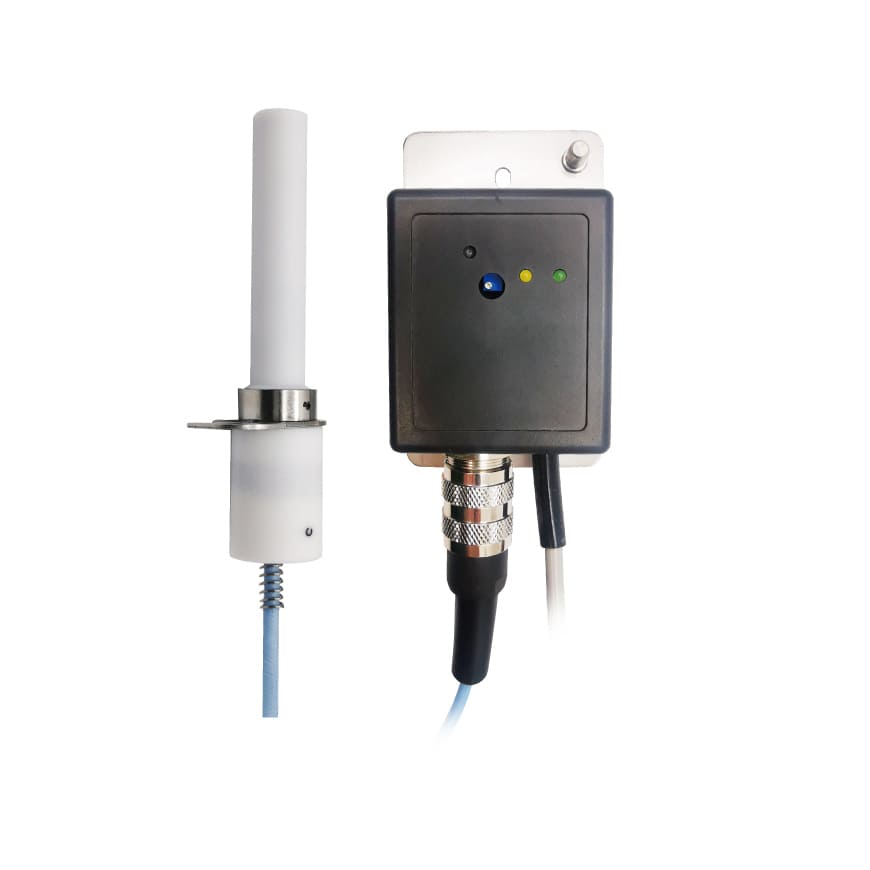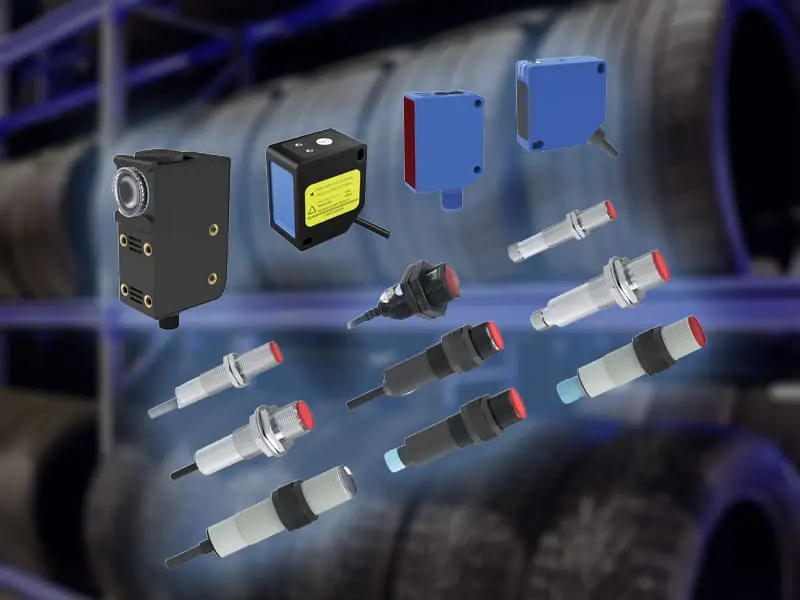9 Key Ways Sensors Used in Logistics Automation Drive Success

I. Sensors Application Solution for Pallet Stackers

Utilizing the TOF detection principle, laser ranging sensors can identify objects within a detection range of up to 10m with an accuracy of 2mm. During the operation of pallet stackers, these sensors can continuously monitor the position information of goods. Once an obstacle is detected within the preset safety range, a signal will be promptly transmitted to the control system, enabling the pallet stacker to stop or adjust its trajectory in a timely manner, effectively preventing collision accidents. Such high-precision detection capabilities ensure the safety of pallet stackers when operating in narrow spaces, significantly reducing the risks of cargo damage and equipment failure.
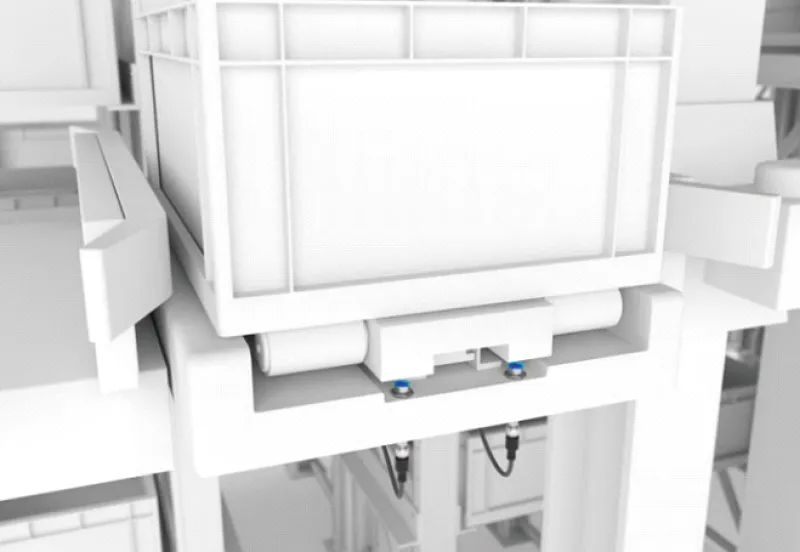
Inductive sensors are excellent at identifying the final position of pallet carrying platforms due to their reliable ability to detect metal objects. Their outstanding anti-interference performance is a major advantage, as it can effectively minimize electrical interference on the sensors. In the complex logistics operating environment, with a large number of electrical devices and electromagnetic signals present, inductive sensors can work stably and accurately detect the signal when the metal parts of the pallet carrying platform reach the designated position, providing an important basis for the precise operation of pallet stackers and ensuring the accuracy and efficiency of cargo handling.
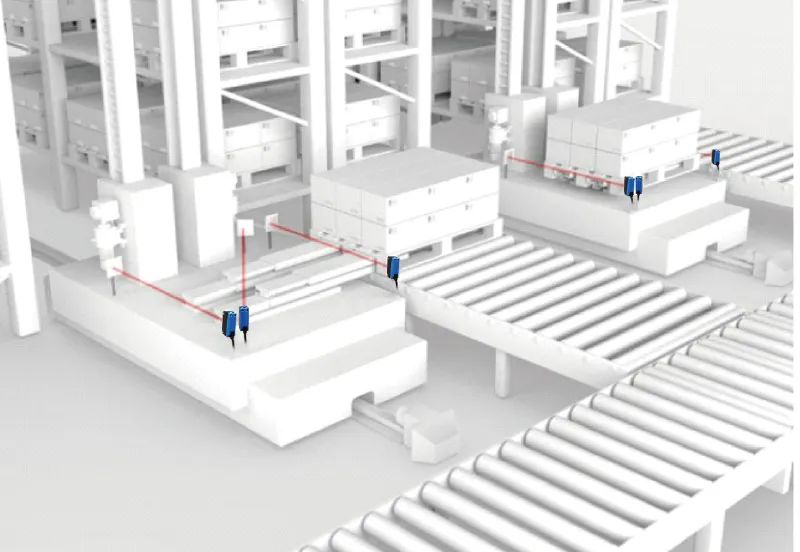
A variety of light sources such as red light, infrared light, and laser are available to meet different scenario requirements. They also offer multiple light spot types, enabling stable detection of both tiny objects and hollowed-out products. In a logistics warehouse, there is a wide variety of goods with different shapes. Different combinations of light sources and light spots can adapt to various special situations. For example, for tiny electronic components, specific light spots and sources can ensure accurate detection, while for hollowed-out metal products, the appropriate detection mode can avoid misjudgments caused by the special structure of the objects. This allows pallet stackers to accurately grasp the position status of goods during handling, improving the overall reliability of logistics operations.
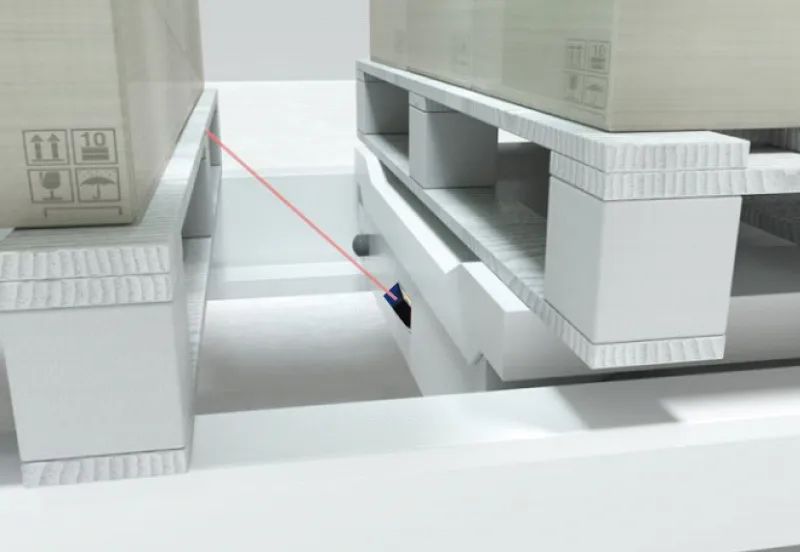
Laser ranging sensors play a vital role in pallet positioning. Through high-precision, non-contact, and high-speed response measurement methods, they ensure accurate counting and positioning of pallets on high-speed conveyor lines, significantly improving production efficiency and automation levels. In large logistics distribution centers, shuttle carts need to quickly and accurately handle pallets on high-speed conveyor lines. Laser ranging sensors can measure the distance between the pallet and the shuttle cart in real-time and transmit the data to the control system, enabling the shuttle cart to precisely stop beside the pallet and perform efficient handling operations. The high-precision measurement results can also provide accurate pallet position information for the inventory management system, facilitating rapid cargo search and allocation.
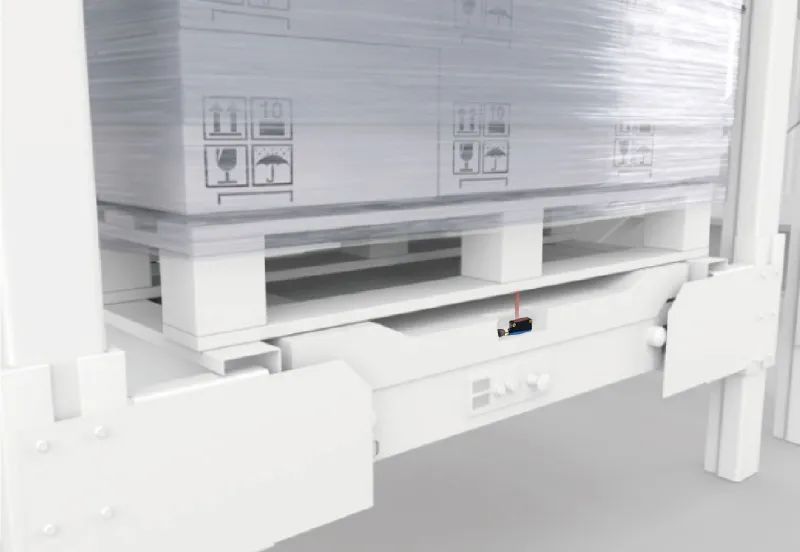
With background suppression and external ambient light interference resistance technologies, rectangular background suppression photoelectric sensors can reliably detect pallets. In the complex lighting environment of a logistics warehouse, whether it is intense natural light or changes in indoor lighting, it will not significantly affect the sensor’s detection results. Moreover, its background suppression function can effectively distinguish pallets from the surrounding environment. Even if the pallet is placed in an area with certain background interference, the sensor can accurately determine the presence and position changes of the pallet, ensuring that the shuttle cart can respond promptly to the pallet’s status information, optimizing the logistics transportation process, and avoiding operation delays or incorrect operations caused by pallet misjudgment.
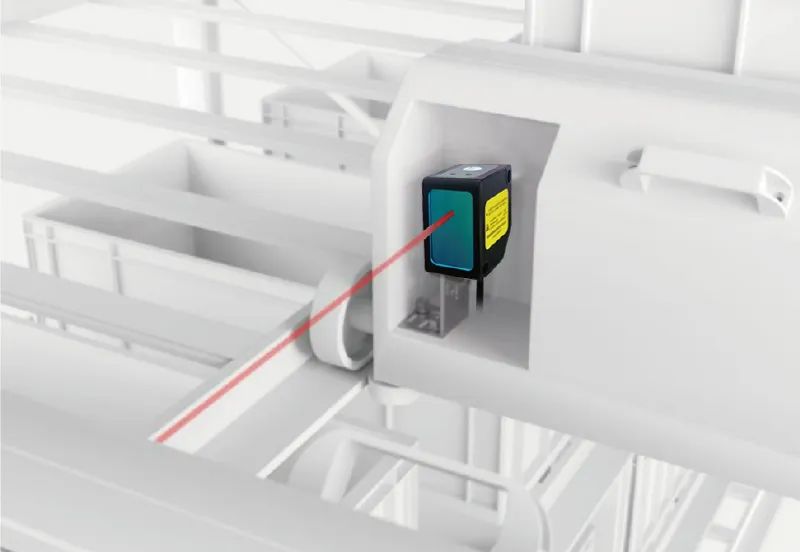
Laser distance measuring sensors can measure the distance to non-cooperative target objects made of any material. The detection distance can reach up to 5m with an accuracy of ±10mm. When shuttle carts are moving through narrow shelf aisles, unexpected situations such as other equipment failures or personnel accidentally entering may occur. At this time, laser distance measuring sensors can continuously monitor the distance between surrounding objects and the shuttle cart. When the distance is less than the safety threshold, an alarm signal will be immediately triggered and the shuttle cart will stop running to prevent collision accidents. Such high-precision distance measurement and rapid response capabilities provide a solid guarantee for the safe operation of shuttle carts, reducing equipment maintenance costs and the risk of cargo loss.
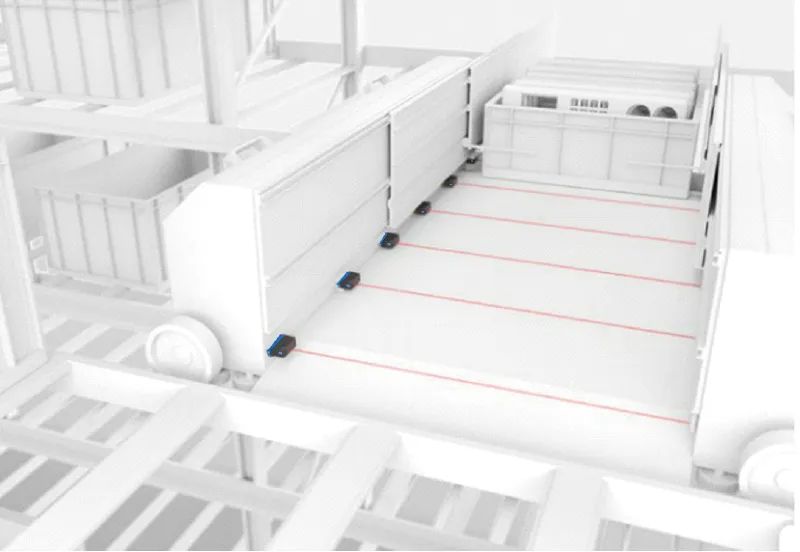
Rectangular photoelectric sensors are widely used for standard detection tasks with high performance and cost optimization. When shuttle carts are transporting containers filled with various goods, these sensors can accurately detect whether the position of the container on the shuttle cart is correct. For example, for some containers that require a specific placement direction or have high positional accuracy requirements, rectangular photoelectric sensors can quickly determine whether they meet the requirements and feed back the information to the control system. If an abnormal container position is detected, the shuttle cart can make timely adjustments to ensure the stability and safety of the goods during transportation. It also helps to improve the standardization and efficiency of the entire logistics operation.
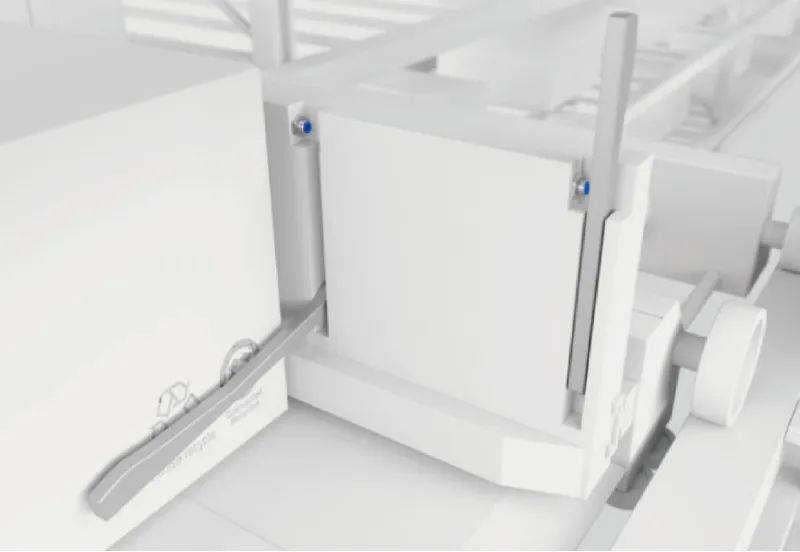
Inductive sensors can reliably detect metal objects. When a pallet reaches the designated final position of the shuttle cart, the inductive sensors installed at the corresponding position can accurately detect the signal of the pallet’s metal parts, thereby confirming that the pallet has reached the correct position. This detection process is crucial for the coordinated operation between shuttle carts and other logistics equipment. For example, when transferring a pallet from a shuttle cart to a shelf or other transportation equipment, accurate final position detection can ensure the smooth progress of the transfer process, avoiding problems such as cargo falling or equipment damage caused by pallet position deviation.
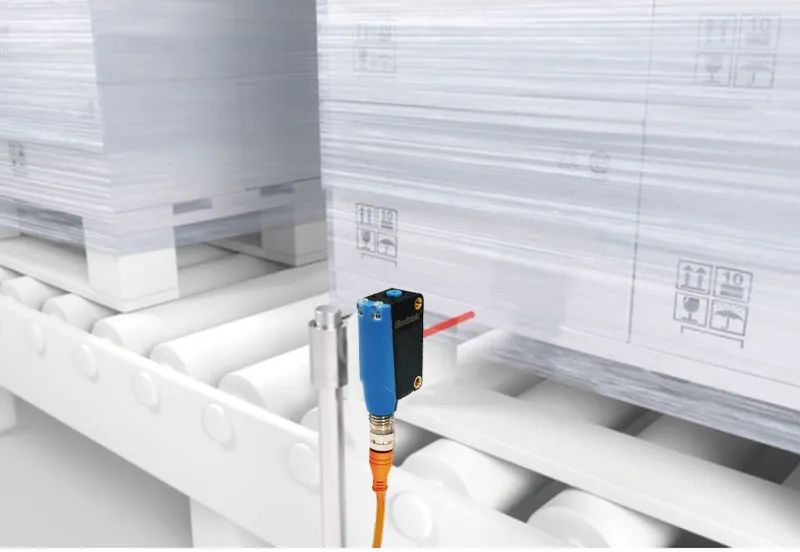
Retro-reflective photoelectric sensors have been optimized for application on conveyor rollers. They provide extremely high detection reliability, especially for pallets with film wraps, shrinking film pallets, and transparent objects. As long as the object is within the detection范围, the sensor will generate a stable output signal. In the logistics packaging process, a large number of goods are packaged with shrink films and placed on pallets for transportation. Due to the transparency of shrink films and the irregularity of film wraps, traditional sensors may have difficulty accurately detecting the position and status of pallets. However, retro-reflective photoelectric sensors, through special optical designs and signal processing algorithms, can effectively overcome these difficulties and accurately identify pallets with wrapping films, ensuring that the conveyor can stably transport the goods to the designated position, avoiding transportation interruptions or cargo accumulations caused by pallet detection errors and improving the overall efficiency of the logistics packaging and transportation process.
Explore Bedook: Your Trusted Sensor Manufacturer
At Bedook, we specialize in designing, developing, and manufacturing a comprehensive range of proximity sensors and switches. Our extensive product lineup includes:
- Inductive Proximity Sensors
- Capacitive Proximity Sensors
- Photoelectric Sensors
- Ultrasonic Sensors
- Solid State Relays
- Various Accessories
With over 10,000 detailed product variations and a robust R&D team, we take pride in our ability to meet your unique requirements with tailored solutions and reliable performance.
Whether you’re seeking off-the-shelf products or customized designs, Bedook offers the expertise and production capacity to ensure your satisfaction.
Get in Touch Today!
We value your interest in our products and warmly encourage you to send us an inquiry. Let us help you find the perfect sensor solution for your application.
Thank you for considering Bedook—your trusted partner in innovation and quality manufacturing. We look forward to collaborating with you!

